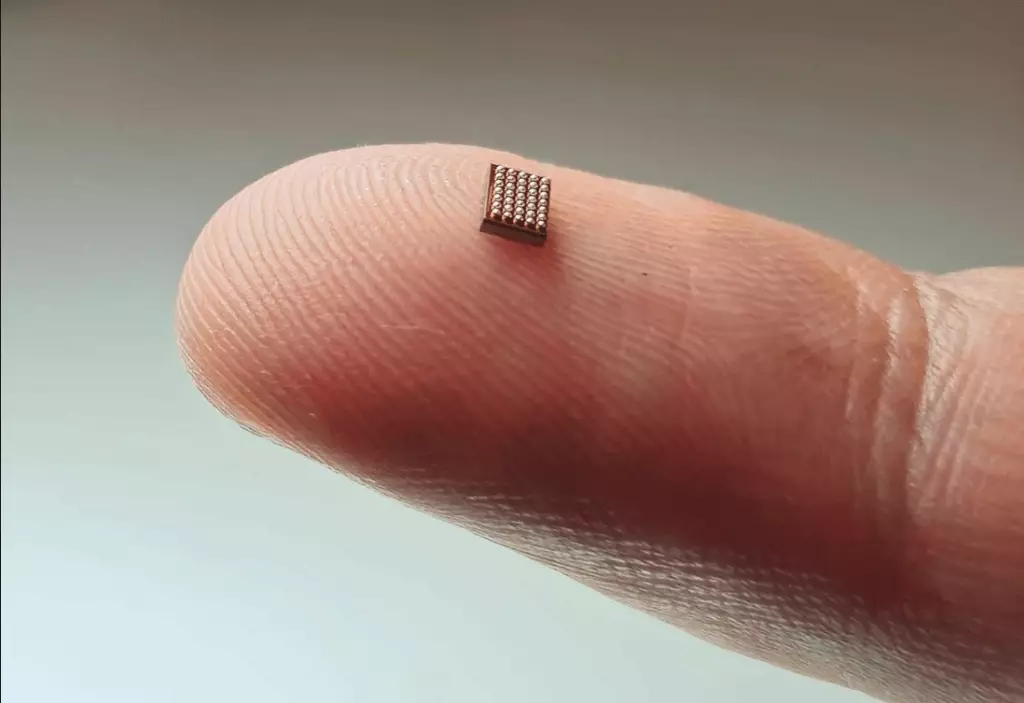In a world where large language models powered by Nvidia GPUs dominate the tech scene, a quieter revolution is brewing in AI hardware. The emergence of neuromorphic computing is set to change the game, promising to drastically reduce the computational and power requirements of artificial intelligence by orders of magnitude. But what exactly are neuromorphic systems?
According to Sumeet Kumar, CEO and founder of Innatera, a leading startup in the neuromorphic chip space, neuromorphic processors are designed to mimic the way biological brains process information. Unlike traditional deep learning architectures that perform sequential operations on data stored in memory, neuromorphic chips use networks of artificial neurons that communicate through spikes, akin to real neurons.
Advantages of Neuromorphic Systems
The brain-inspired architecture of neuromorphic systems offers distinct advantages, particularly for edge computing applications in consumer devices and industrial IoT. Kumar highlighted several compelling use cases for neuromorphic computing, including always-on audio processing for voice activation, real-time sensor fusion for robotics and autonomous systems, and ultra-low power computer vision.
One key advantage of neuromorphic processors is their ability to perform complex AI tasks using a fraction of the energy required by traditional solutions. This opens up new possibilities for battery-powered devices, enabling continuous environmental awareness and capabilities that were previously unattainable.
Innatera’s flagship product, the Spiking Neural Processor T1, exemplifies these advantages by combining an event-driven computing engine with a conventional CNN accelerator and RISC-V CPU. The T1 platform offers ultra-low-power AI capabilities for battery-powered devices, boasting 500 times less energy consumption and 100 times faster pattern recognition speeds compared to competitors.
Real-World Applications of Neuromorphic Computing
In a partnership with Socionext, a Japanese sensor vendor, Innatera showcased an innovative solution for human presence detection at CES. By combining a radar sensor with Innatera’s neuromorphic chip, the technology enables highly efficient, privacy-preserving devices such as video doorbells. Unlike traditional doorbells that rely on power-hungry image sensors, this solution detects human presence using radar sensors, significantly reducing energy consumption.
The application of neuromorphic computing extends beyond doorbells to smart home automation, building security, and even occupancy detection in vehicles. Kumar emphasized how neuromorphic computing can revolutionize everyday devices by bringing AI capabilities to the edge while enhancing privacy and reducing power consumption.
The dramatic improvements in energy efficiency and speed offered by neuromorphic computing have attracted significant industry interest, with multiple customer engagements and growing traction for the technology. Innatera aims to bring intelligence to a billion devices by 2030, targeting the sensor-edge applications market.
To meet the increasing demand for neuromorphic technologies, Innatera is ramping up production of the Spiking Neural Processor, with high-volume deliveries scheduled to start in Q2 of 2025. The company’s rapid growth since its inception in 2018, as well as the recent $21 million Series A funding round, underscore the excitement surrounding neuromorphic computing.
As the field of AI evolves, the need for developer-friendly tools becomes crucial for the adoption of neuromorphic technology. Innatera’s extensive software development kit, which uses PyTorch as a front end, aims to lower the barrier to entry for developers and facilitate the integration of neuromorphic computing into various AI applications.
While large language models continue to dominate headlines, industry leaders are recognizing the need for radically new chip architectures to drive the next wave of AI innovation. Neuromorphic computing represents a promising frontier in chip design, offering the potential to create a new generation of intelligent devices that are faster, more efficient, and sustainable.
As neuromorphic chips find their way into consumer devices and industrial systems, we may be on the brink of a new era in artificial intelligence. By thinking more like our own brains, these brain-inspired chips have the potential to transform the landscape of AI hardware and usher in a future that is not only more capable but also more closely aligned with the remarkable abilities of biological brains.


Leave a Reply